This is a detailed description of the recipe I posted in my story on Easy Lager Chilling in January. Simple to brew, but very tasty.
Lager brewing can be intimidating for the brewer who has only brewed ales – at least that’s the way it was with me. Ales are fairly forgiving; ale fermentation temperatures are easier to maintain than their colder lager cousins, and there is a fear that the lager yeast either won’t get started or won’t get finished when it’s pitched. [Read more…]
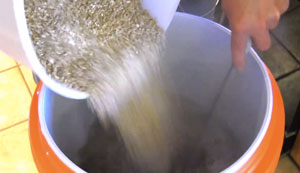
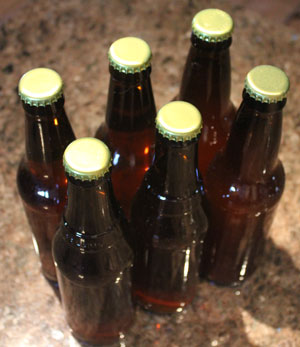
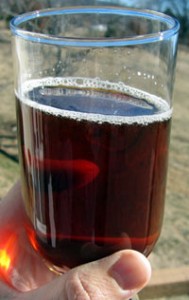

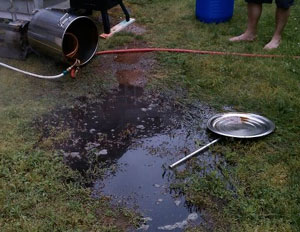

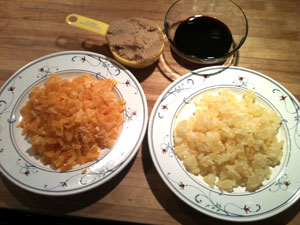

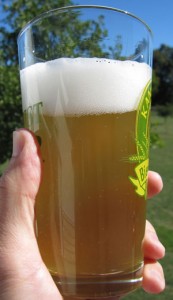

Recent Comments